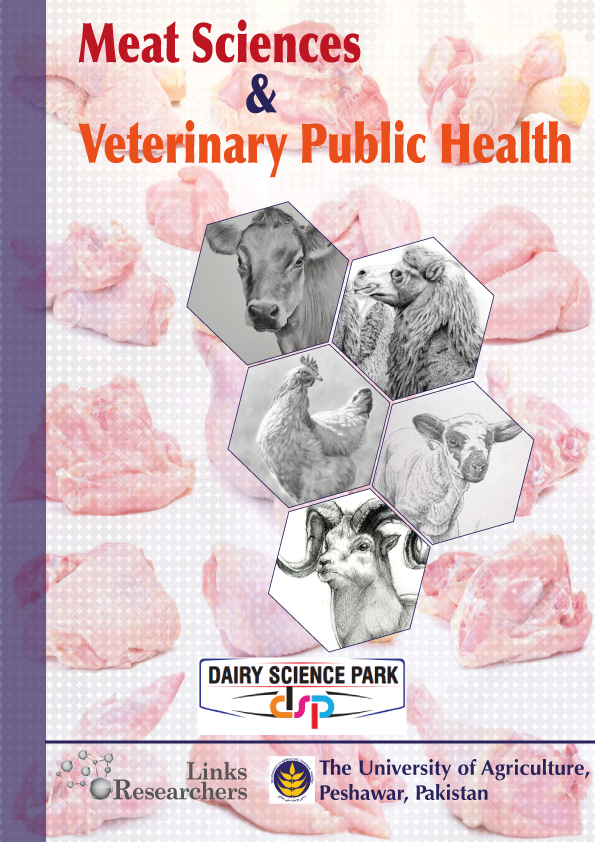Inamullah Khan, Muhammad Subhan Qureshi, Rajwali Khan, Syed Muhammad Sohail, Ijaz Ahmad, Muhammad Shoaib and Asim Ijaz
Aziz-ul-Rahman, Farooq Yousaf, Naveed Anwar and Muhammad Abubakar
Ahmed Zein Mahmoud, Muaz Abdellatif and Ahmed Abdalla
Iqra Qazi1, Sohail Raza1*, Masood Rabbani1 and Muhammad Avais2
Olabode, H.O.K1, Mailafia, S1, Martha Echioda-Ogbole1*, Ameh, J.A1, Amadi, K.I1 and Meseko C.A2
Noor Ul Ain1, Naila Siddique1*, Akbar Ali Malik2, Muhammad Athar Abbas1, Saba Rafique1, Sidra Zamir1, Hu Huilong3, Wang Yihui3, Quan Hongkun3 and He Cheng3









